The tiny township of Lake Hawea lies on the still, silent southern shore of the smallest of Otago’s glacier-carved lakes.
Lake Hawea began as a collection of isolated cribs and holiday homes, 15 km north-east of Wanaka, but has grown into a pleasant village of 1,150 people with a general store selling produce and fishing licences. The village has nice picnic areas and bushwalks and is very popular with freshwater anglers in summer. Stories abound of good-sized land-locked salmon and well-fed rainbow and brown trout.
The steep shingle shoreline of Lake Hawea is the result of a controversial raising of the lake level by 20 metres in 1958, for hydro-electric power production purposes. Lakes Hawea and Wanaka flow into the Clutha River, New Zealand’s largest river in terms of total flow volumes. A series of power stations downstream channel this massive flow into turbines to generate vital electric power.
Outdoor adventures loom large on the Lake Hawea activity list. The marvellous wilderness area of the Hunter Valley at the head of the lake, has long been a mecca for hunters, fishermen and 4WD cross-country touring enthusiasts. This isolated game paradise is hemmed in by the towering ramparts of the Barrier and Mc Kerrow Ranges.
At the foot of the McKerrow Range is the settlement of Makarora, on the Haast Pass Road to the West Coast. From here trampers can access the glorious valleys of the Wilkin and Young Rivers. Adventure flights operate into ‘Siberia,’ one of the country’s most remote paradise areas.
Other activities around Lake Hawea include horse riding, boating, camping, canoeing, water-skiing and windsurfing.
Accommodation is available in a motor inn, B&B’s, motor camp and a fishing and farm stay guesthouse that guarantees a catch when trolling for trout on the lake.
Meals are available in the hotel bar and beer garden. There is also the option of takeaways and light meals in the store cafe

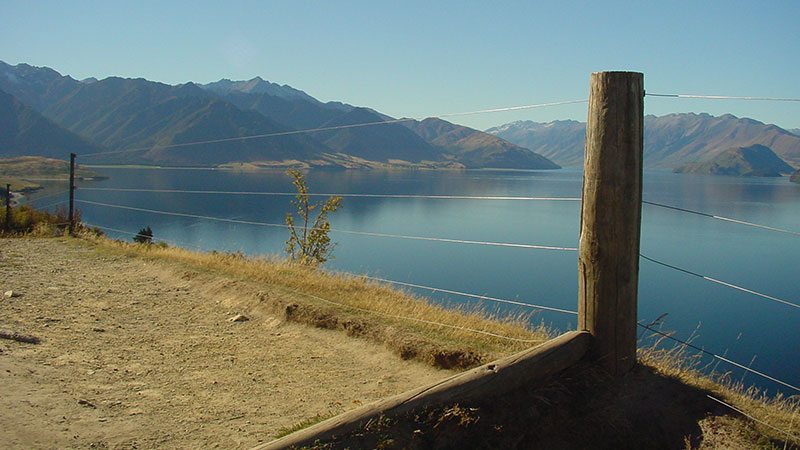
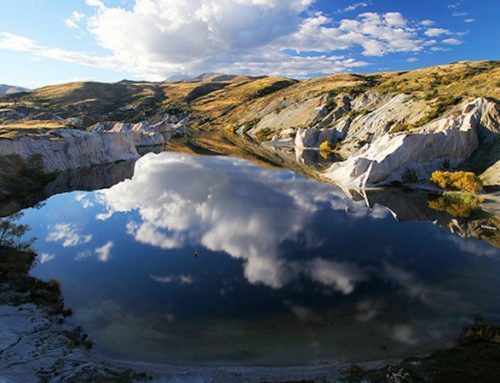
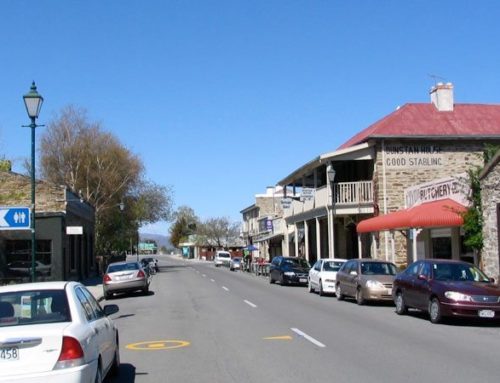
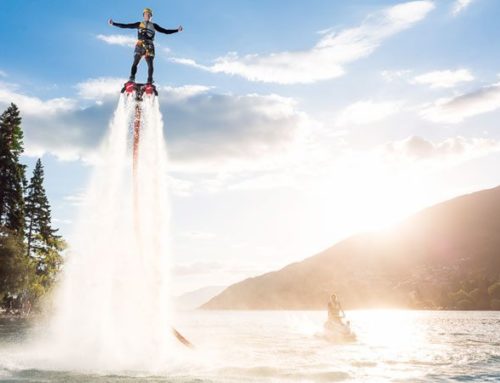
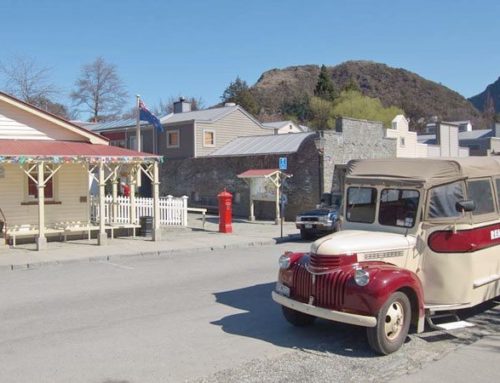
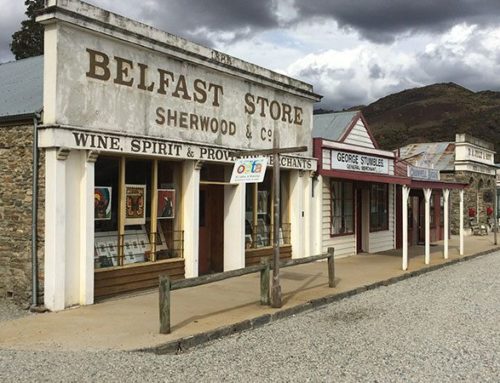
Leave A Comment